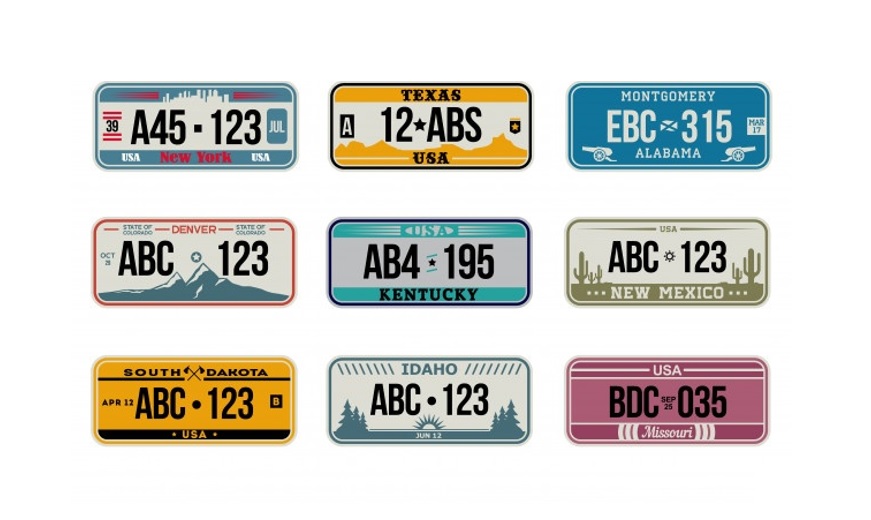When you have an interest in modern cars, no doubt you also have an interest in personalised number plates. Private plates are increasing in popularity and it is fair to say that they have always been used as a status symbol. However, before styling your vehicle with a private number plate you must always follow the rules and regulations relating to the use of private number plates.
Have you ever pondered whether a tinted number plate is legal or not? Have you thought about whether 4D number plates are legal or not? If you have never given a thought to these areas of the law, it’s high time to do so. Not following the legal rules relating to personalised number plates can lead to stress and the loss of money. There are significant financial penalties for failing to adhere to the legal requirements for the display of number plates set by the government.
In order to avoid any kind of legal consequences, it is important to have knowledge of the legal requirements for the use of private number plates. Here are the most significant legal rules and requirements governing the use of private number plates.
Front and Rear Number Plate
When it comes to the display of private number plates, the first thing to know is that you have to conform to the color coding requirements for both the front and rear plates. Everyone has a favorite color and you may want to personalise your number plate and use your favorite color or use a color that goes well with the car’s color. This is not possible as it contravenes the legal requirements for the display of UK number plates.
According to the law, the characters on the number plate must be in a black color only (no two tones are allowed) and displayed on a white background. Similarly, for the rear plate, the characters must be in black and have to be displayed against a yellow background. Anything that deviates from this is considered to be illegal.
Material of the Number Plate
The material of the number plate has also been stipulated by the law. In accordance with legal requirements, your private number plate must always be made from an approved reflective material. It should not be patterned in any way.
Size and Format

The size and format of the characters used on the personalised number plates must also comply with the law. The first rule is that all the numbers, as well as letters present on the number plate, should have an equal height. If you have bought your number plate between January 1st, 1973, to September 1st, 2001, the height of the characters needs to be 89 mm. However, if your number plate has been purchased after 2001, the height of the characters on the plate should be 79 mm. The stroke width of the numbers and letters on the private number plate must be 14 mm. However, for this rule, there are some exceptions that include the number ‘1’ and the letter ‘I’. In order to avoid paying fines, it is important to ensure that the characters are consistent and their width is as per the rules and the British Standard BSAU-145e.
The current format for private number plates has two letters, followed by two numbers, a single space, and then three letters. The first two letters on the plate are indicative of the DVLA office of issue. It is specific to the location of first registration for the vehicle. The two numbers define the age of the vehicle. The three letters at the end of the registration are random letters without any specific meaning. Trying to rearrange or alter the sequence of the numbers and letters on personalised number plates is a direct breach of the law.
There are legal requirements relating to the spacing between the characters when displayed on the number plates. For number plates registered between January 1st, 1973, to September 1st, 2001, the spacing between characters needs to be 13 mm. However, if your number plate has been registered before or after this period, the spacing should be 11 mm. There are rules governing the margins of the number plates across vehicles. It is essential to have a margin of at least 11 mm on each side of the number plate.
Design
When it comes to the design, most people believe that styling number plates is illegal. However, there are some areas where styling is permitted. If you want to style your private number plate with a national flag, then you can. The flag can also be used in conjunction with a regional identifier for England, Scotland, Wales, Northern Ireland, or the United Kingdom.
In addition to the use of flags, you can also have 3D raised characters on your number plates. This can make it look more attractive. In recent times 4D characters have been added to the list of permitted digits specified within BSAU-145e.
Conclusion
Now that you are more familiar with the laws relating to the display of private number plates, you need to make sure you follow them. This will help you avoid any legal consequences and remove the risk of having to pay heavy fines.
